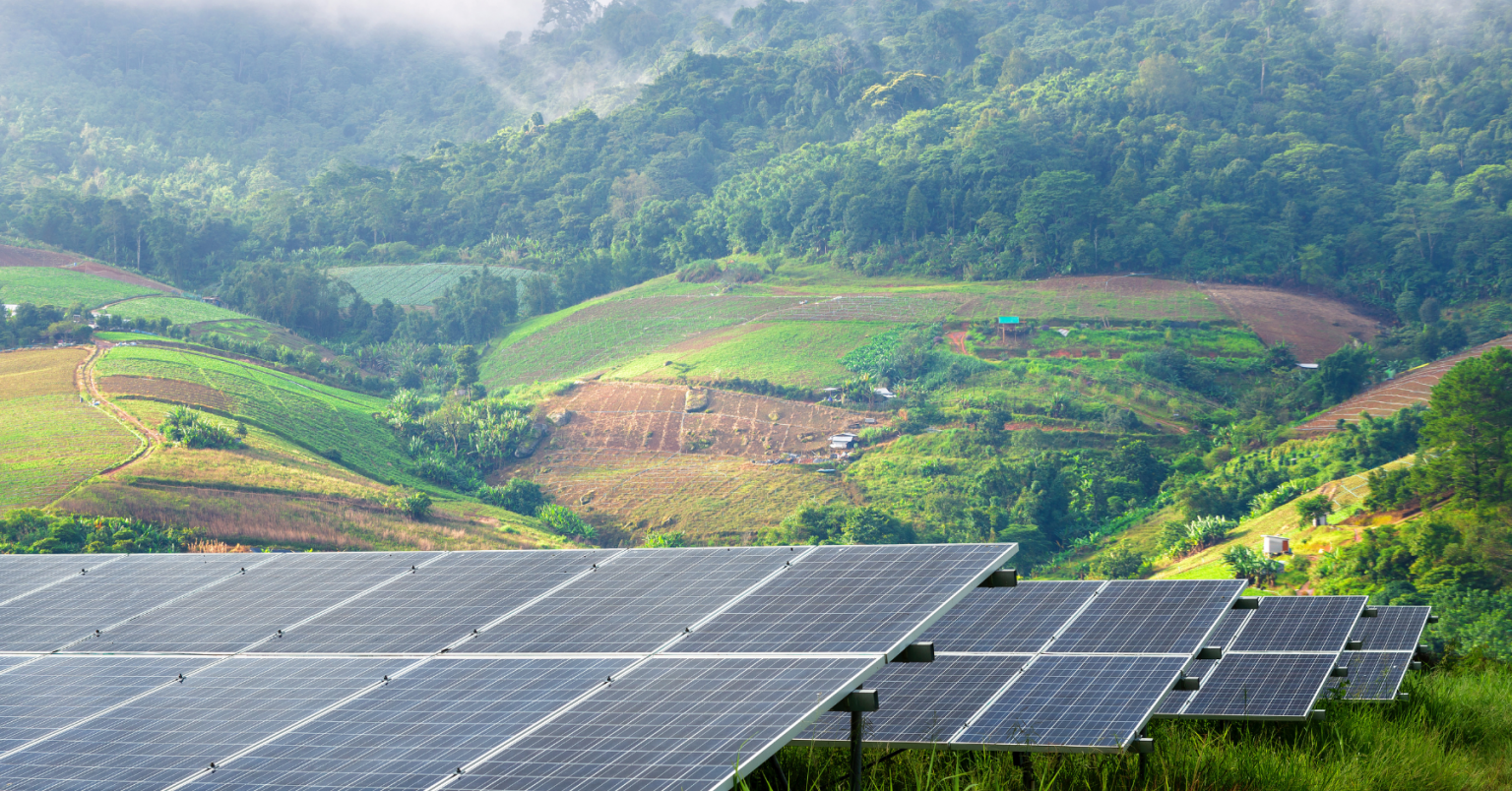The development of renewable energy projects on polluted farmland contaminated with PFAS chemicals is gaining momentum as new incentives and regulations emerge with the potential to repurpose these areas into clean energy sources and bring environmental and economic benefits.
Unlocking the Potential of Polluted Farmland for Renewable Energy
According to the report of Bloomberg Law, new tax rules coming later this year might clear up if agricultural land polluted with PFAS can get a 10% federal tax credit for renewable energy projects on brownfields. The Inflation Reduction Act of 2022 offers this bonus credit for renewable energy projects on brownfields in designated “energy communities.” Right now, the definition of brownfields and Treasury rules don’t specifically mention farmland that can’t be used. But since the EPA has now labeled PFAS chemicals as hazardous and this might help make these lands eligible.
Maine is already taking action by passing a law that prioritizes PFAS-contaminated farmland for renewable energy projects. This law doesn’t offer financial incentives but makes it clear that such land should be given priority when selecting projects. Maine’s Public Utilities Commission is working on rules to put this priority into practice. The Department of Agriculture, Conservation, and Forestry is using criteria like PFOS contamination levels to decide which lands qualify.

(photo: Energy Warden)
Renewable Energy Projects on Contaminated Land Gain Momentum as Incentives Emerge
Renewable energy developers are paying close attention as new rules come out. Walden Renewables plans to seek both state and federal incentives for a solar project on a PFAS-contaminated former dairy farm in Maine. Dirigo Solar LLC points out that solar panels can be installed with minimal impact on the land. While there are still challenges, like high costs to connect to the power grid and the expected tax credit and state initiatives should encourage major projects. This could help farmers and developers by making it possible to use contaminated land productively.
The new federal tax credit could make it even more appealing to repurpose PFAS-contaminated farmland matching Maine’s efforts to prioritize these lands for solar energy projects. By combining tax incentives with state laws that favor using contaminated farmland for renewable projects, there is a chance to speed up the redevelopment of these areas. This would bring environmental and economic benefits. As the Treasury Department finalizes its rules and people are hopeful that it will lead to better support for projects that turn previously unusable land into clean energy sources.

















































